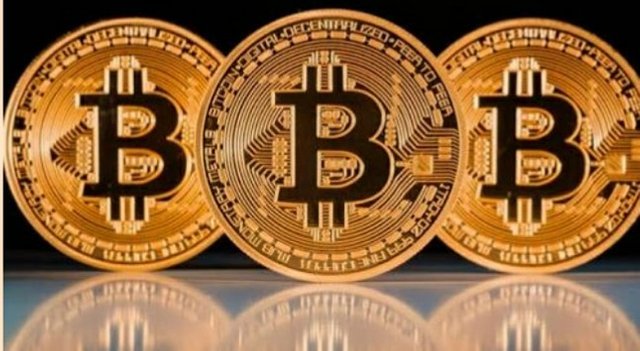Economics of Bitcoin Mining
Why is the mining hash rate rising due to the fall in the cost of Bitcoin?
Bitcoin has fallen from a peak of $ 20,000 to $ 6,500 in December 2017, which has fallen by 67% in less than 8 months. In the same period, the mining hash has increased from 15 EH / S to 45 EH / S, which is three times the increase.

Traditional knowledge on cryptocurrency mining states that the hash rate usually increases with prices, on the contrary prices are true for falling. This happens because, with the increasing cost of bitcoin, more miners are encouraged to come online to earn part of the block reward in proportion to their hash rate. With falling prices, miners with a small cost of mint (a bitouine) more than the price of bitcoine start moving forward due to low sensation rate. As expected, hash rates have increased with rising prices, however, inherently, the hash rate is also increasing rapidly with falling prices.
Even more miners coming online but the price of bitcoin is falling?
The current block time is 10 minutes and the winner miners are rewarded with block reward of 12.5 bitcone. The probability of winning the block reward is similar to the hash rate of the miners as a percentage of total hash rate.
The main operating cost of bitcoine mining is the cost of electricity for mining hardware. The cost of electricity and therefore the slightest cost of a bitcoin mining varies worldwide. It should also be noted that some mining hardware (application-specific integrated circuits-ASICs) are manufactured by some companies in China.
The current estimated marginal cost of bitcoine mining in the United States is approximately $ 4700 and in China it is as low as $ 3000, after which the easiest of access to mining hardware. With the current price of bitcoin at $ 6500, most amateur miners from all over the world are underwater and are coming out of the mining market because the price drops.
Professional miners with ASIC farms are earning a decent profit even at this low cost, and as long as the price remains above its nominal cost of production, more ASICs are encouraged to bring hardware online. However, incentives with a very low cost cost of $ 3000 for Chinese miners are strong.
Since the block reward has been fixed in the short run, assuming the current price of $ 6500, at 12.5 bitcones per 10 minutes, any expansion of the Chinese miners will come with the high marginal cost of production at the expense of the miners.
Ceterus paribus, it should continue until the slightest cost of mining in mining (direct) operations is not equal.
Keeping in mind economics, the mining infrastructure will become more centralized as the price is increasing further. In theory, the lowest unit of mining power will be transferred to the places of cost, but in real life, most of the mining infrastructure will be centralized in China because they have access to a large amount of highly efficient ASIC miners and also from the lowest Minor cost of a mining.
Therefore, one should expect the hash rate to continue despite the price declines. With high skilled miners achieving market share, high marginal cost miners will continue to exit the market. The price is possible to fall below the cost of the most efficient (low cost) miners; It is at this point that the hash rate will fall with falling prices. It may be possible that some miners will continue to minimize the damage for some time before slowly starting to shut down the hash power.
For extreme centralization, this tendency can only be lower than the growing competition in ASIC manufacturing and as a result, worldwide mining hardware can have better access. Even with such competition in hardware manufacturing, miners will gradually shift to the areas around the world with the lowest unit cost of electricity (generalized for socio-economic and political factors).
Bitcoin mining business is therefore a relatively free market, which is acquiring market share at the expense of less skilled people with more efficient miners.
One last point to note is that the design of the Betocoin protocol ensures that a miner also controls 100% of the hash rate, yet this double expenditure is strongly encouraged to not be included in the attack and the series Continues to be honest in mining.
Join the Libertarian Movement in India: Indian Independence Network